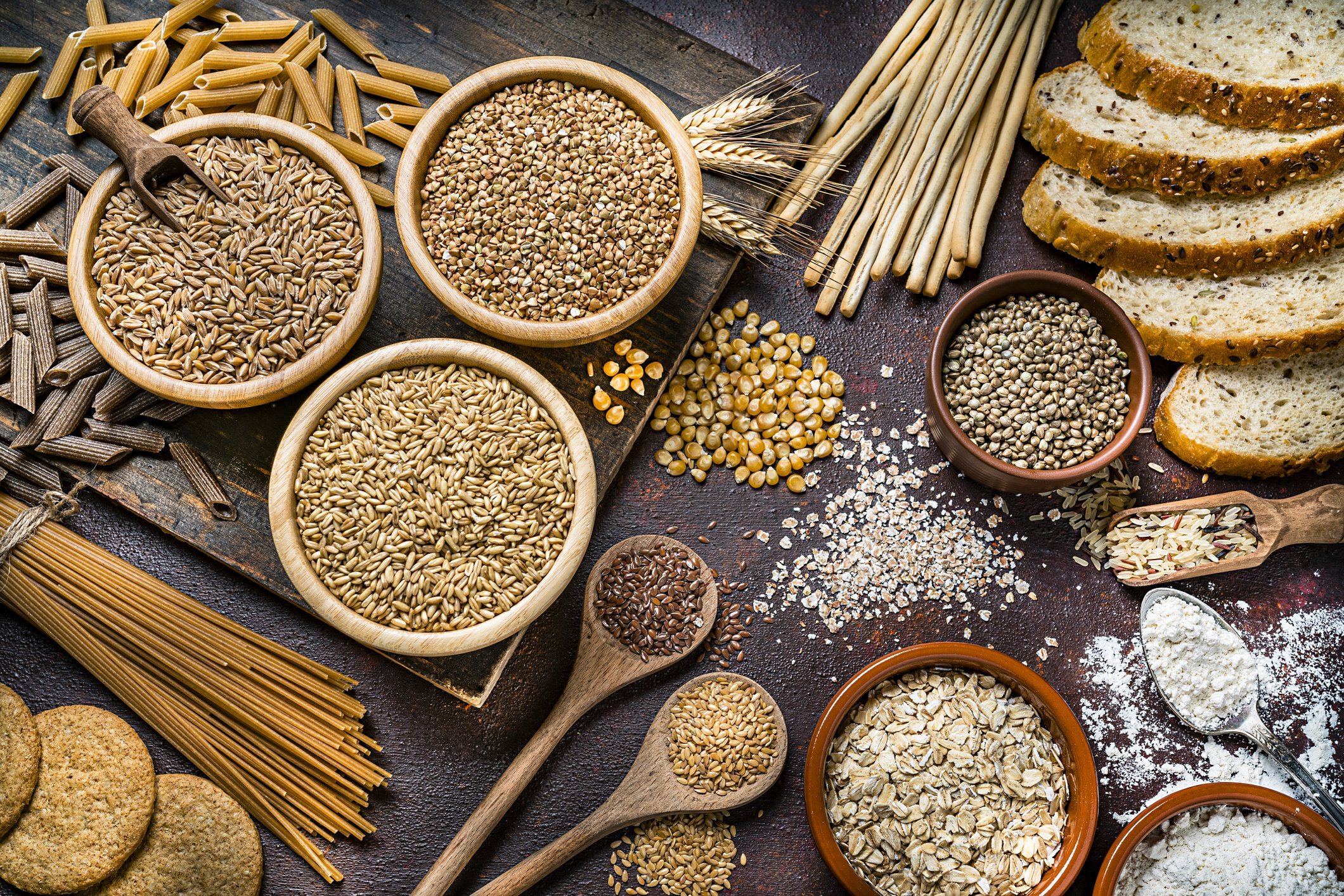

Studies of a single meal response in a controlled environment have demonstrated that more intact, less milled whole-grain products produced better blood glucose responses in people with diabetes, compared with consuming the same amount of milled whole grain. Foods tested included porridge, bread and crackers.
Another study with 28 participants living with type 2 diabetes found similar results - that consuming less-processed whole-grain foods across two weeks improved blood glucose control compared with an equivalent amount of whole-grain foods that were finely milled.
In this study half the participants were given a range of different whole-grain foods and asked to replace the grain foods they normally ate with the whole oats, grainy wheat bread and brown rice. The other half were given milled whole-grain bread, milled oats and brown-rice pasta. Then after two weeks’ down time, the groups received the other type of whole-grain products.
Unexpectedly, this study also showed that when the 28 participants ate more intact grains they lost an average of 400g over the two weeks. When eating the finely milled whole-grain wheat, oats and brown-rice flour the same participants gained 400g. This is despite no advice to eat less or move more, and no evidence that participants ate differently during the two interventions, Dr Reynolds said.

While milled whole grains usually still contain all the grain’s nutrients, the milling process destroys the larger physical structures such as fibres, he explained.
During milling, fibres are mechanically sheared into little pieces so they no longer act as fibre. This allows them to be digested in the stomach and absorbed in the small intestine instead of passing through to the microbiome in the colon. There the fibre is transformed into healthy short-chain fatty acids which are absorbed without altering blood glucose levels.
Dr Reynolds and his team are now about to start a larger, longer study, Whole Grains for Health. With support from Lotteries Health, the Baking Industry Research Trust, and Harraways Oats, it involves delivering whole-grain foods to 160 participants with type 2 diabetes across Otago, Southland and Canterbury. Recruitment starts this month and participants will be delivered whole-grain foods for 12 weeks.
Half the participants will receive foods like whole-grain bread with chunky, intact grains, bulgar (whole cracked wheat), and whole oats. The other half will receive supermarket wholemeal bread, wholemeal couscous made from wheat flour, and oat flour.
Dr Reynolds has been surprised at how challenging it has been to find grain foods that are similar except for the amount of processing so he can compare the effects directly.

In the Whole Grains for Health Study, they aim to see if milling whole grains affects blood glucose levels by measuring the HbA1c or glycated haemoglobin, the most used clinical marker reflecting blood glucose control of the previous three months.
It will also be interesting to see if those eating the intact grains lose more weight than those eating milled grains as they did in the earlier study, he said.
If this intervention works over the longer term and confirms what earlier studies have demonstrated, there will be implications for the labelling of whole grains. Will wholemeal bread made from finely milled flour be able to be labelled as a health food? Dr Reynolds wonders.
At present, the Whole Grains Council, a non-profit consumer advocacy group aiming to increase consumption of whole grains for better health, defines whole grains or foods made from them as containing all the essential parts and naturally occurring nutrients of the entire grain in their original proportions. However, the grains may be ground, rolled, milled, cracked, extruded, flaked or cooked. It even allows the parts to be separated during processing and recombined.
This current Whole Grains for Health study aims to explore this definition and perhaps refine it, he said.
Comments
If intact whole grains are being compared with commercial wholemeal flour in this study, then clearly intact whole grains would be nutritionally superior because of what wholemeal flour is after it has been refined. Hard to believe commercial wholemeal flour is allowed to be considered a whole grain product after the grain's constituent parts have been separated then put back together, somehow sterilizing the germ in the process so this flour doesn't then go rancid, which fresh stoneground flour does.
There is again a big difference between commercial wholemeal flour as a milled whole grain and freshly stoneground flour as a milled whole grain. These two types of milled whole grains are worlds apart in nutrition.
Unless bread is labelled 100% whole grain (check the ingredients, folks), then it isn't.













